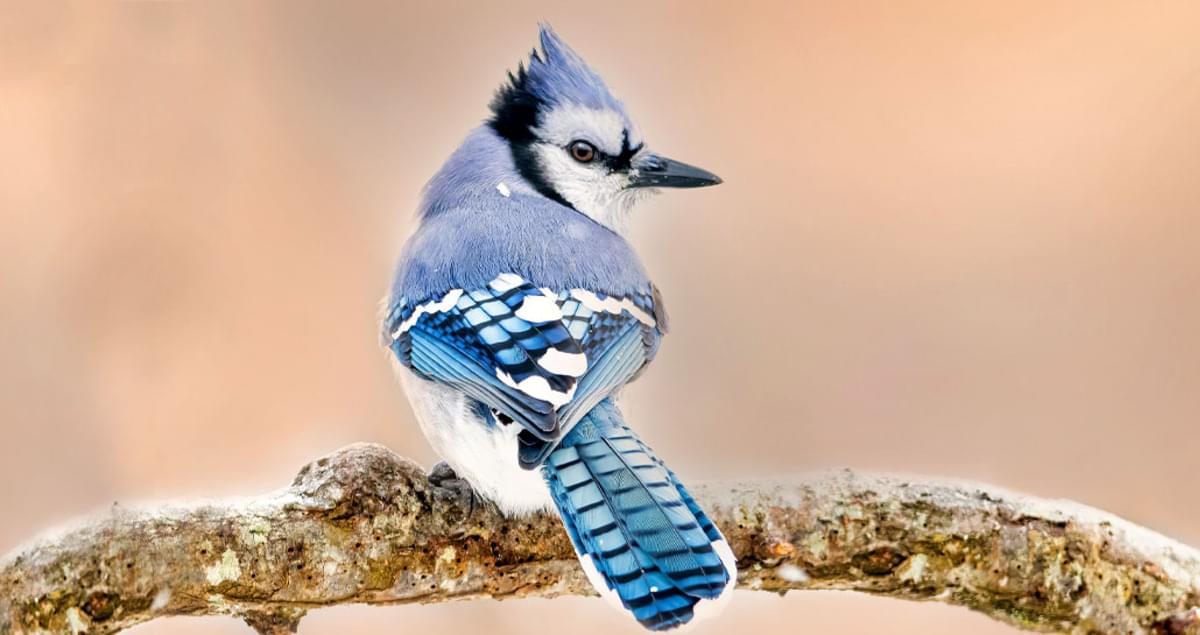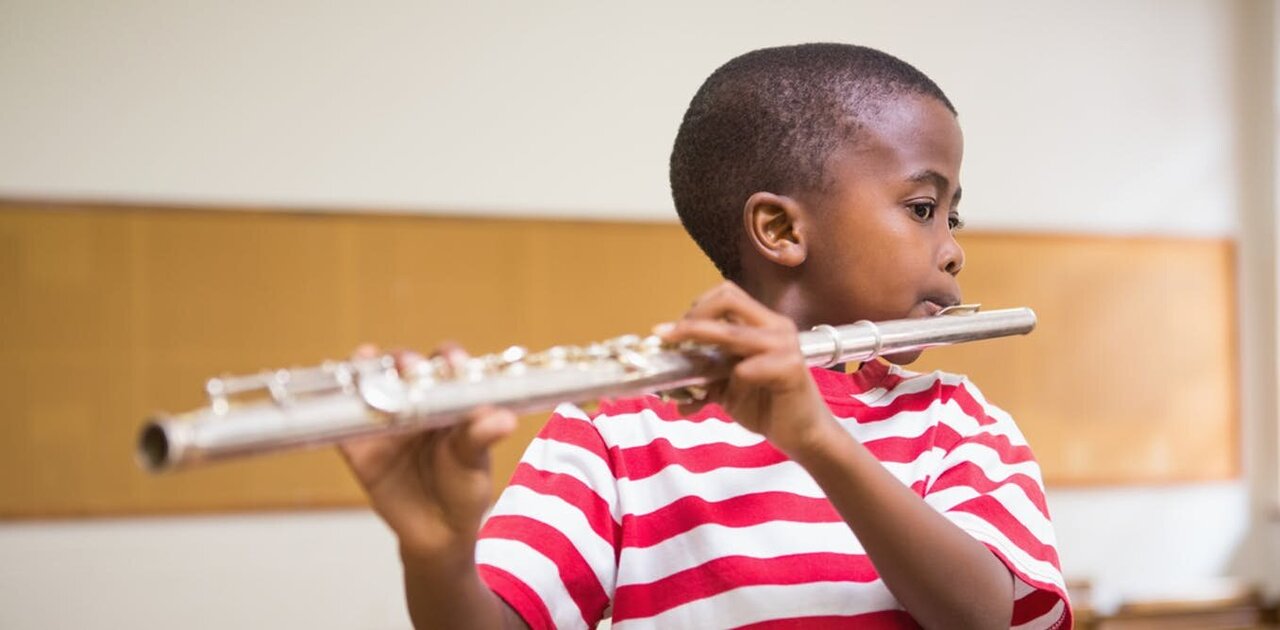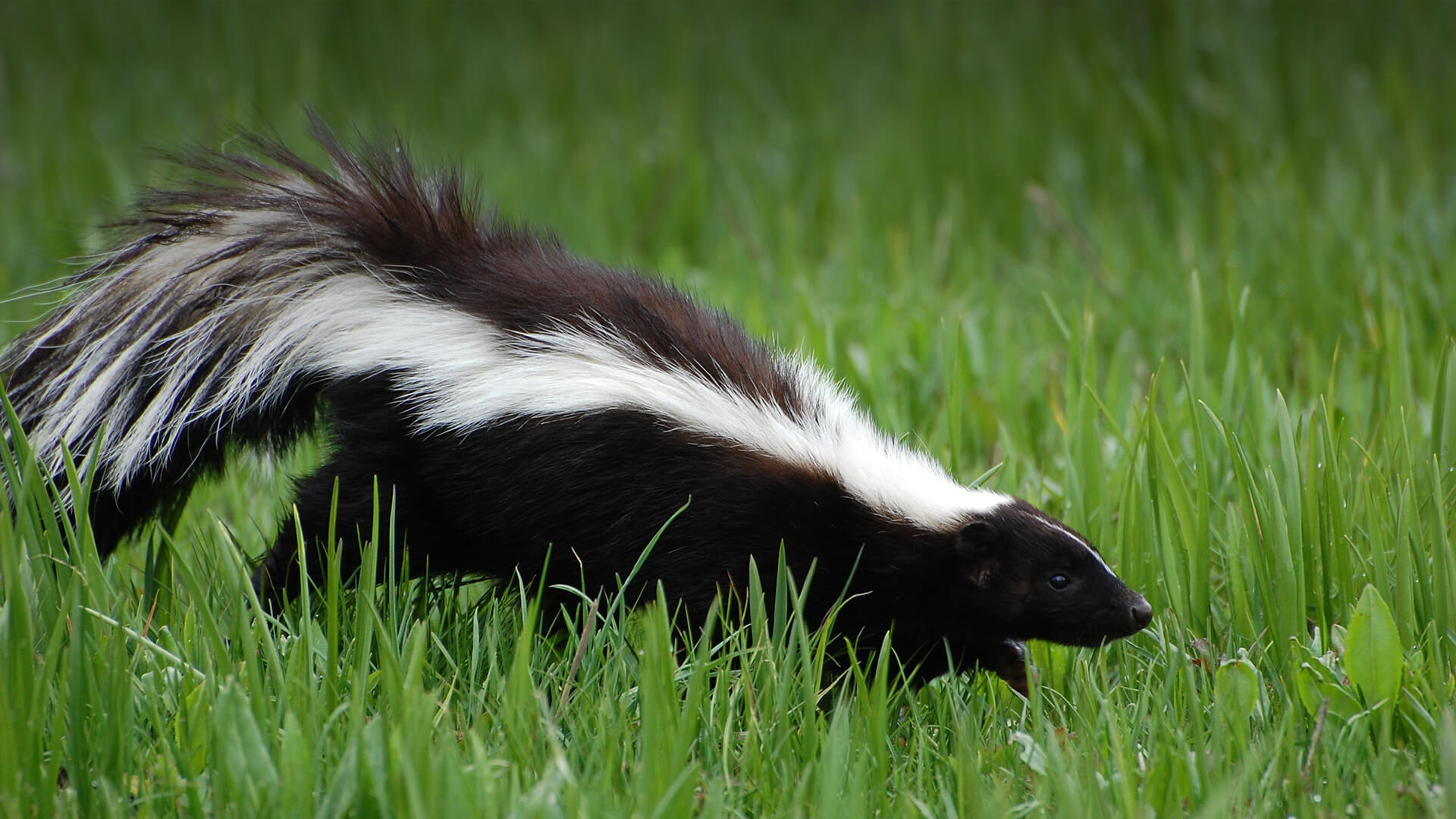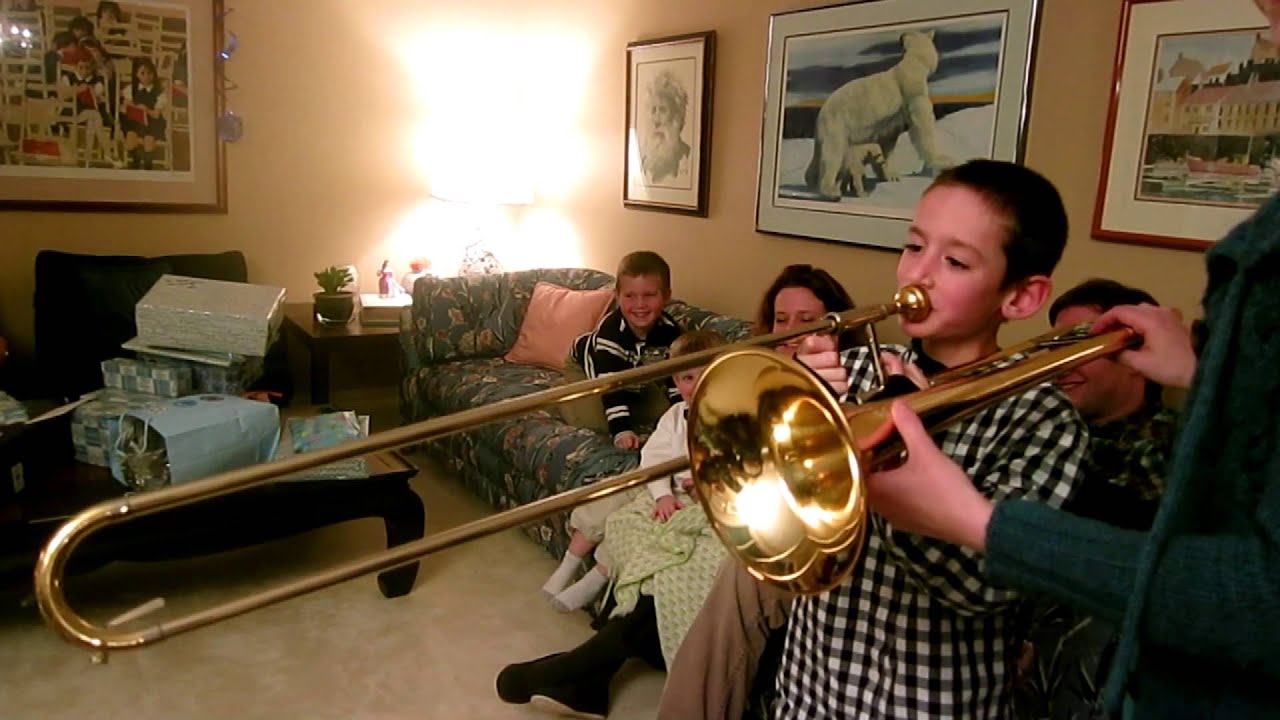Home>Production & Technology>Sound>What Do Blue Jays Sound Like


Sound
What Do Blue Jays Sound Like
Published: December 17, 2023
Discover the captivating sounds of blue jays and learn what they sound like in this informative article. Uncover the distinct call of these magnificent birds and explore their rich vocal repertoire.
(Many of the links in this article redirect to a specific reviewed product. Your purchase of these products through affiliate links helps to generate commission for AudioLover.com, at no extra cost. Learn more)
Table of Contents
Introduction
Welcome to the fascinating world of blue jays! These stunning birds are known for their vibrant blue plumage and their distinctive calls that echo through forests and backyards. If you have ever wondered what blue jays sound like, you’ve come to the right place.
Blue jays are part of the Corvidae family, which includes other intelligent and vocal birds like crows and ravens. Native to North America, these birds are known for their remarkable vocalizations and their ability to mimic other sounds in their environment.
In this article, we will explore the various sounds and calls that blue jays produce, ranging from their common vocalizations to their unique mimicry skills. We will dive into the world of blue jay communication and discover how these birds use their voices to convey messages and establish their presence in their habitat.
Whether you are a bird enthusiast, a nature lover, or simply curious about the sounds of blue jays, this article aims to provide you with an in-depth understanding of blue jay vocalizations.
So, get ready to embark on a sonic journey with the majestic blue jays as we unravel the mysteries of their enchanting calls.
The Blue Jay Bird
The blue jay (Cyanocitta cristata) is a striking bird indigenous to North America. With its brilliant blue feathers, white underparts, and black markings around its neck and head, the blue jay is a marvel to behold. It is often recognized for its bold and vibrant appearance.
Blue jays are medium-sized birds, typically measuring about 9-12 inches long and weighing around 2.5-3.5 ounces. They are known for their crested heads, which can be raised or lowered depending on their mood or level of excitement. Their sturdy bills are adapted for cracking open nuts and foraging for food.
These birds can be found in a variety of habitats, including forests, woodlands, parks, and suburban areas. They are adaptable and can thrive in both rural and urban environments. Blue jays are known to form small social groups and often communicate with each other through a range of vocalizations.
The blue jay’s diet consists of a diverse array of food, including nuts, seeds, fruits, insects, and even small vertebrates. Their omnivorous nature allows them to take advantage of a wide range of food sources, making them highly adaptable in different ecosystems.
Blue jays are also known for their distinctive behavior. They are territorial birds and can be quite vocal when defending their territory or warning other birds of potential threats. They use their calls and body language to communicate with their fellow blue jays and other species that share their habitat.
In terms of their breeding habits, blue jays typically form monogamous pairs during the breeding season. They build cup-shaped nests made of twigs and grasses high up in trees to protect their eggs from potential predators. The female blue jay is responsible for incubating the eggs, while the male assists by providing food.
Now that we have acquainted ourselves with the basics of the blue jay’s physical characteristics, habitat, behavior, and breeding habits, let’s delve into the captivating world of their vocalizations and learn what blue jays sound like.
Vocalizations of Blue Jays
Blue jays are renowned for their extensive repertoire of vocalizations, which they use to communicate with other blue jays and to express their presence in their environment. Their calls range from loud and raucous screeches to more subtle and melodic notes.
One of the most common sounds produced by blue jays is their loud and piercing “jay” call. This call is often repeated two or three times in quick succession, creating a distinct and unmistakable sound. The purpose of this call is multifaceted – it serves as a territorial display, an alarm call to warn of predators, and a means of communication within a flock.
Blue jays also emit a variety of other calls and vocalizations. They can produce soft, whisper-like notes, often used during courtship or when interacting with their mate or offspring. These gentle calls can take on different tones and rhythms depending on the context and the individual bird.
Another notable vocalization is the “rattle” call, which sounds like a series of short bursts or rapid clicking noises. This call is often heard when blue jays perceive a potential threat or when they are feeling agitated. It serves as a warning signal to other birds in their vicinity.
In addition to their natural calls, blue jays are known for their remarkable ability to mimic sounds from their environment. They can imitate the calls of other bird species, such as hawks or songbirds. This mimicry helps blue jays to blend in with their surroundings and can also be used as a form of deception to deter predators or attract potential mates.
Blue jays have even been known to imitate human sounds, such as car alarms, cell phone rings, or even human voices. This remarkable talent showcases their intelligence and adaptability in their vocalizations.
It’s important to note that blue jays are not just noisy birds. Their vocalizations serve crucial functions in their survival and social interactions. By understanding and appreciating their vocal repertoire, we can gain deeper insights into the behavior and communication patterns of these captivating creatures.
Common Calls of Blue Jays
Blue jays are highly vocal birds, and their repertoire includes a variety of common calls that are frequently heard in their daily activities. Understanding these calls can provide valuable insights into their behavior and social dynamics.
The most recognizable and iconic call of the blue jay is the loud and assertive “jay” call. This call is often described as a sharp and piercing “jay” or “jeer” sound, repeated two or three times in quick succession. This call serves multiple purposes, including defending territory, alerting other blue jays of potential threats, and communicating with members of their flock.
Another common call of blue jays is the “whisper song.” This soft and melodic call is typically used during courtship or when interacting with a mate or offspring. The whisper song is a gentler and more melodious vocalization compared to the raucous “jay” call, often delivered with a rhythmic pattern and varying pitch.
Blue jays also produce a chattering sound, often referred to as the “chatter call.” This call is a rapid and repetitive series of notes, resembling the sound of chattering teeth. The chatter call is commonly heard when blue jays are excited or agitated, and it can indicate the presence of a potential threat or an encounter with an unfamiliar bird or animal.
In addition to these primary calls, blue jays are known to produce a range of other vocalizations. They can emit soft and subtle notes, including murmurs, whistles, or warbles. These calls are used for various purposes such as communication within their flock or signaling their presence to other birds in the area.
Blue jays are also skilled mimics and can imitate the calls of other bird species. They may replicate the sounds of hawks, crows, or even songbirds as a means of camouflage and protection. This mimicry ability enables the blue jay to blend into its surroundings and potentially deceive predators or rivals.
By recognizing and interpreting these common calls of blue jays, bird enthusiasts and researchers can gain a deeper understanding of their behavior, territoriality, and social interactions. These vocalizations not only serve as a means of communication but also contribute to the unique and captivating nature of these beautiful birds.
Distress Calls of Blue Jays
Like many other bird species, blue jays have distinct distress calls that they use to communicate danger or potential threats to themselves or their flock. These calls are sharp, attention-grabbing, and serve as a warning to other birds in the area.
When blue jays perceive a danger, they emit a series of loud, high-pitched “alarm” or “distress” calls. These calls are characteristically different from their typical vocalizations and are designed to attract attention and convey a sense of urgency. The distress calls of blue jays are often described as sharp and piercing, resembling a repetitive “jay” or “jeer” sound.
These distress calls can be triggered by a range of potential threats, including the presence of predators such as owls, hawks, or cats, as well as other perceived dangers in their surroundings. The purpose of these calls is to alert other blue jays and nearby birds of the potential danger, enabling them to take evasive action or increase vigilance.
Distress calls also serve as a form of communication within a blue jay flock. When a blue jay detects a potential threat, it quickly emits its distress calls, triggering a chain reaction among nearby blue jays. This sequential calling helps to spread the warning rapidly throughout the flock, increasing the overall alertness and chance of survival for the group.
In addition to the vocal distress calls, blue jays may also engage in physical displays to reinforce the warning signals. They may raise their crests, spread their wings, or puff up their feathers as a visual indication of their distress and readiness to defend themselves or the group.
It’s important to note that distress calls are not exclusive to dangerous situations. Blue jays may also emit distress calls when they are injured or in pain, signaling their need for assistance or attracting the attention of their flock members who may come to their aid.
By recognizing and interpreting the distress calls of blue jays, birdwatchers and researchers can gain valuable insights into their perception of danger, their social dynamics, and their ability to communicate and cooperate within a flock. These calls serve as a crucial survival mechanism and evidence of the remarkable adaptability and intelligence of these captivating birds.
Vocal Mimicry by Blue Jays
One of the most intriguing aspects of blue jays is their remarkable ability for vocal mimicry. These intelligent birds have the capacity to imitate a wide range of sounds in their environment, including the calls of other bird species, as well as human-produced sounds.
Blue jays are known to mimic the vocalizations of other birds as a means of communication and survival. By imitating the calls of predators, such as hawks or owls, blue jays can create a false sense of danger, potentially deterring other birds from approaching their territory. This mimicry can also serve as a defense mechanism, as it confuses and disorients potential threats.
In addition to mimicking predator calls, blue jays are capable of imitating the songs and calls of a variety of other bird species. They can replicate the distinct melodies and tones of songbirds, such as cardinals or robins, with surprising accuracy. This mimicry may serve multiple purposes, including communication with other bird species, establishing dominance within their territory, or attracting mates during the breeding season.
Blue jays’ talent for mimicry extends beyond the avian world. These clever birds can imitate human-produced sounds, from car alarms and cell phone rings to doorbells or even human voices. While the exact reasons for this mimicry are not fully understood, it is believed that blue jays use these imitations to their advantage, potentially to blend into their surroundings, deter predators, or attract the attention of humans who may provide food or other resources.
It is important to note that not all blue jays possess the same level of mimicry ability. Some individuals may have a greater propensity for mimicry, while others may exhibit limited or no mimicking behavior. This skill appears to be learned and developed over time, as blue jays are exposed to various sounds in their environment.
The vocal mimicry of blue jays showcases their adaptability, intelligence, and versatility in their communication strategies. It is a testament to their remarkable ability to learn and adapt to their surroundings, as well as their capacity for complex vocalizations.
Listening to a blue jay’s vibrant repertoire of mimicked sounds is a true delight for bird enthusiasts and researchers alike, offering a glimpse into the extraordinary abilities of these captivating creatures.
Communication through Vocalizations
Vocalizations play a vital role in the communication repertoire of blue jays. These dynamic birds use their calls and vocalizations to convey a wide range of messages and establish their presence within their habitat.
One of the primary functions of blue jay vocalizations is to establish territorial boundaries and defend their space. The loud and distinctive “jay” call serves as an assertive display of territory, signaling to other blue jays and neighboring birds that the area is occupied. This vocalization also helps to deter potential intruders and maintain the integrity of their territory.
Blue jay vocalizations are also used for social communication within a flock. They can convey information about food sources, group cohesion, and potential threats. Through their calls, blue jays can coordinate movements and alert other members of their flock to the presence of predators or opportunities for foraging.
Furthermore, vocalizations are an essential component of courtship and mating rituals for blue jays. Male blue jays often engage in intricate vocal displays, including soft and melodious songs, to attract a female mate. These songs are complex and distinctive, showcasing the male’s fitness and ability to provide for a potential mate and offspring.
The communication through vocalizations extends beyond interactions within the blue jay species. Blue jays also engage in communication with other bird species through mimicry. By imitating the calls of other birds, they can establish relationships, assert territorial boundaries, and potentially deceive predators or rivals.
It’s important to note that blue jay vocalizations are not limited to simple one-way communication. These birds can engage in duets or call-and-response patterns, taking turns and interacting with other birds in their vicinity. This interactive vocalization allows for complex communication, ensuring effective information sharing and coordination among individuals.
Blue jays are highly adaptable in their vocalizations, adjusting their calls and tones depending on their immediate context and social dynamics. They have a remarkable ability to convey different messages through changes in pitch, rhythm, and sequence of their vocalizations.
By studying and understanding the communication through vocalizations, researchers and bird enthusiasts can gain valuable insights into the behavior, social dynamics, and intelligence of blue jays. These vocalizations are key to their survival, reproduction, and successful navigation of their environment.
Conclusion
Blue jays are not only known for their vibrant blue plumage but also for their captivating vocalizations. From their iconic “jay” calls to their mimicry skills, blue jays use their voices to communicate, establish territories, warn of danger, and engage in social interactions.
Through their distinct vocal repertoire, including common calls, distress calls, and mimicry, blue jays are able to convey a wide range of messages and emotions. They can assert their presence, attract mates, communicate within their flock, and even deceive predators with their mimicry abilities.
By understanding the intricacies of blue jay vocalizations, researchers and bird enthusiasts gain valuable insights into the behavior and social dynamics of these remarkable creatures. The variety and complexity of their vocalizations highlight their adaptability, intelligence, and ability to thrive in diverse habitats.
While blue jays may be known for their loud calls, they also exhibit softer and more melodic vocalizations during courtship and gentle interactions. This adds a layer of complexity and beauty to their communication patterns, showcasing their versatility in conveying different messages.
The vocal mimicry skills of blue jays, allowing them to imitate the calls of other bird species and even human-produced sounds, further demonstrate their ability to adapt and interact with their environment in unique ways. This mimicry serves multiple purposes, from defense mechanisms to attracting attention and resources.
Blue jay vocalizations are not simply random noise but are intricate forms of communication that facilitate survival, defense, reproduction, and coordination within their flock. Each call, whether it’s the territorial “jay” call, the distress call, or the soft whisper song, serves a specific purpose in their social interactions and ecological relationships.
As we continue to explore the world of blue jays and their vocalizations, we gain a deeper appreciation for the beauty and complexity of the natural world. Their calls are both a reflection of their environment and a testament to their adaptability and intelligence as species.
So, the next time you hear the bold and distinctive “jay” call echoing through the trees or are delighted by the melodic sounds of mimicry, take a moment to listen and appreciate the intricacies of blue jay vocalizations—a true symphony of nature.











